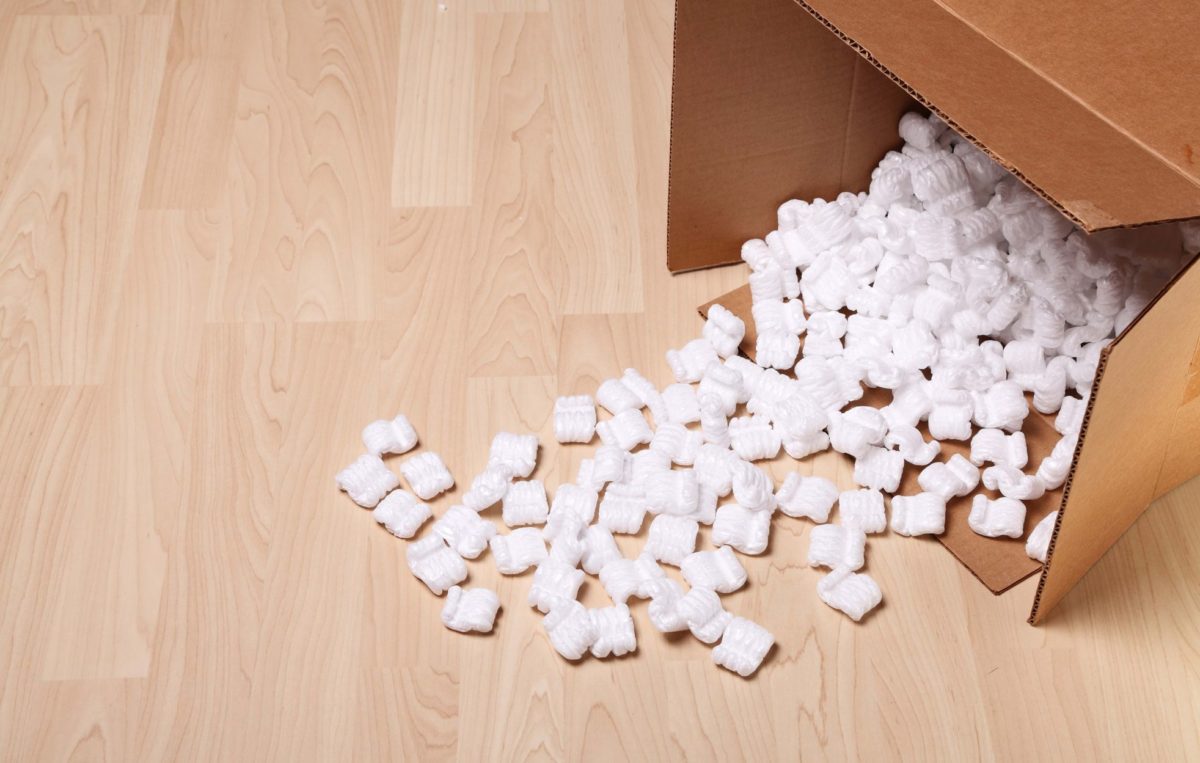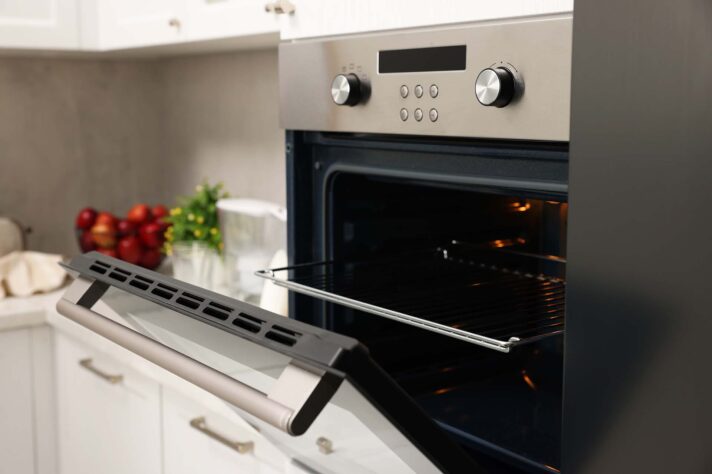Are you preparing for a cross-country relocation and wondering how to pack drums for moving? Fear not, as our drum set relocation guide is here to make this task a breeze. With a symphony of bubble wrap, cases, and a dash of humor, we’ll ensure the drums hit every note of safety on their way to the new stage. Let’s drum up some excitement and dive into the rhythm of relocating the set!
Learn the best drum packing techniques that would not result in damaged goods How to Pack Drums for Moving Cross-Country?
To pack drums for moving, start by disassembling the set and carefully placing each piece in a designated bag. Then, you can use ample padding, such as bubble wrap, to protect the drums from impacts and vibrations. Label each bag clearly to indicate its contents and handle it with care. Additionally, you can invest in professional custom crating for added peace of mind.
One of the Best Methods for Packing Drums Is Using Your Drum Soft Cases
Using drum soft cases is considered the best packaging strategy for relocating drums. These cases provide protection and ease of transport.
When moving the drums to a new home, the lightweight nature of soft cases makes them easier to handle.
Furthermore, the padded interiors are designed to snugly fit each drum, protecting them against bumps and jostles.
For drummers, it is advisable to invest in high-quality soft cases with robust zippers and waterproof materials for extra security.
In 2021, North America led percussion instrument sales revenue at 34.4%
Properly securing each drum within the soft case, with additional padding around the rims and heads, will ensure your instruments arrive at their destination in prime condition, ready to play.
The Second Option Is Using Hard Cases
These cases are designed with rigid exteriors, typically made from tough plastics or reinforced fiberglass, which offer a high degree of resistance against impacts, drops, and environmental factors like moisture and dust. The hard shell acts as a formidable barrier, absorbing shocks and maintaining its structural integrity even under harsh conditions.
Inside, many hard cases are lined with dense foam or other cushioning materials that securely cradle the drums. They are an excellent choice if you don’t want to spend more time packaging each piece. However, this option comes at a higher price tag.
With hard cases, you don't have to use extra cardboard boxes or custom crating Catalog Drums and Hardware
In the whirlwind of preparing for a move, amidst the chaos of packing boxes and coordinating logistics, it’s all too easy for small yet crucial items to slip through the cracks. That’s where the importance of cataloging drums and hardware shines through. Think of it as orchestrating a symphony – every drum, cymbal, and piece of hardware plays a vital role in creating harmony.
Take the time to create a meticulous inventory, you ensure that every beat, every rhythm, remains intact as you transition to the new home. So, grab a pen and paper, or the favorite digital organizer, and embark on this journey of musical preservation. Package everything efficiently, not just for the move, but for the continuation of the musical journey.
Drum packing also involves being meticulous about keeping track of all instrument parts Gather Supplies and Materials Needed for This Task
The first task in the packaging schedule involves gathering an assortment of supplies and tools required for the task. The essential items encompass various packing materials necessary for ensuring the safe transit of the musical equipment, including:
- Large cardboard box – obtain a sturdy box only if you want to place the drum bags in additional boxes,
- Kraft paper – acquire for cushioning and protection,
- Newspaper – use for filling gaps to prevent shifting during transit,
- Scrap cardboard – cut into pieces for additional padding,
- Bubble wrap – wrap delicate parts of the instruments for extra protection,
- Packing tape – ensure you have high-quality tape for secure sealing,
- Utility knife – have a utility knife on hand for cutting and trimming materials as needed.
The majority of materials and supplies can be sourced from the Craigslist website for free, so keep an eye out for great offers.
If anyone from your friend circle or family recently moved, ask for their leftover supplies Step-by-Step Process of Packaging Drums
With a methodical approach and the right tools at your disposal, you can tackle this task with confidence and ease. Whether you’re a seasoned musician or a novice, feeling a bit of anxiety about relocating cherished instruments is completely normal.
However, by following a structured approach and utilizing a relocation checklist, you can navigate each step smoothly. In the forthcoming sections, we’ll break down the process into simple, manageable steps, empowering you to pack the musical instrument securely. These instructions apply to those who are packaging the set without hard cases.
Disassemble the Drum Set by Removing the Holders and Tom Legs
Disassembling the drum set involves carefully removing the tom holders and tom legs, ensuring each component is handled with care to prevent damage. Start by unscrewing the tom holders from their mounts, followed by detaching the legs from the floor toms.
Take care to set aside these disassembled hardware pieces in a safe location to be packed later. By meticulously disassembling the drum set, you’re taking proactive steps to prevent things from breaking and ensuring that all components are ready to be relocated safely.
Use Bubble Wrap to Wrap a Bass Drum
When it comes to ensuring secure transport for drums, using bubble wrap to wrap the bass drum is a crucial packing tip. Begin by carefully wrapping the bass drum with bubble wrap and securing the wrap in place with small pieces of tape. This extra layer of cushioning helps protect it from any potential damage.
Furthermore, on top of the bubble wrap, you can place paper, additional foam sheets or plastic wrap to keep the bubble wrap tightly in place. Next, the drum bass is ready to be placed in its case. It can later be secured in a custom-sized flat box made from large cardboard pieces.
Pack a drum set with high-quality materials Secure the Rack Tom and Floor Tom
Begin by wrapping each floor tom twice along its diameter with bubble wrap, providing a layer of cushioning to absorb any potential impacts. Next, utilize large strips of scrap cardboard to fashion a protective hard shell around the exterior of the floor tom.
Thoroughly tape the external hard shell to secure it in place, minimizing any movement that could expose the hardware to damage. Then, place it in its designated bag. Repeat these steps for each rack tom, maintaining consistency in packing to ensure uniform protection for all components of the set. This will make it easier to unpack upon arrival at the destination.
Layer a Cardboard Box With Cushioning Material
Line the bottom of the box with bubble wrap pieces, creating a soft padding layer that will serve as a protective cushion. This is why packaging materials are considered relocation essentials. To enhance stability and firmness, add a large piece of cardboard over the initial bubble wrap layer.
Furthermore, reinforce the sides of the box by inserting pieces of scrap cardboard against each interior wall. This extra reinforcement not only provides added protection for the first instrument to be placed inside but also strengthens the entire container against external forces.
Place the Bass Drum and Floor Tom Inside the Box
When placing the bass drum and floor tom inside the box, it’s crucial not to pack quickly — take time to ensure everything is properly positioned for secure transport. Carefully place the bass drum shell into the box with the open parts facing both the bottom of the box and yourself, ensuring a comfortable fit within the scrap cardboard reinforcement. Repeat the process for the floor tom.
Moving drums is easier when the cardboard box is adequately cushioned Lastly, Place the Rack Tom Into the Box
Finally, it’s time to place the rack tom into the box, ensuring it’s packed securely for transport. Begin by positioning the rack tom case within the large box, ensuring it fits properly. Add bubble wrap, foam sheets, or packing peanuts inside for peace of mind. Next, place the tension rods inside a smaller box and label it properly. Keep each of the boxes labeled so you know exactly where each piece is.
Take Steps to Protect the Equipment by Filling Voids Inside the Box
Thoroughly inspect the packed box to identify any empty spaces or gaps between the instruments and the box walls. Utilize additional packing materials such as bubble wrap, packing peanuts, or crumpled paper to fill these voids.
Pay particular attention to fragile or delicate parts of the musical instruments. They need to be well-supported and insulated from potential impacts. Once the voids are filled, gently shake the box to check for any shifting or rattling noises, indicating inadequate padding. Adjust the packing materials as needed until the instruments are securely immobilized within the box.
Cross-country moving companies offer pro packers for those who want to delegate the task Invest in Custom Crating So the Soft Drum Cases Are Completely Secured
Instead of packaging everything in cardboard boxes, take it up a notch and invest in custom crating. Long-distance movers specialize in providing custom crating solutions that are tailored to the unique dimensions and needs of the drums, offering an extra layer of protection. This method is particularly beneficial for anyone transporting musical instruments over vast distances.
Furthermore, these crates can be equipped with specialized padding and reinforcements that complement the soft cases, ensuring that the drums remain stable and secure throughout the journey.
Hire Experts in the Field of Relocations to Handle Your Belongings
When selecting a long-distance moving company to transport musical instruments, it’s crucial to choose experts in the field of relocations who specialize in handling delicate and valuable items. Look for a firm such as Cross Country Moving Company with a proven track record of successful instrument transportation.
Ensure the movers have experience specifically with musical instruments and offer comprehensive services tailored to your needs. Investing in cross-country moving services provides several advantages, including expertise in navigating the logistics of moving cross-country.
Additionally, you can opt for packing services offered by the moving company if you prefer to entrust the packaging process entirely to professionals. This guarantees that the instruments are packed with the utmost care and expertise, minimizing the risk of damage during transit.
Cross Country Moving Company Always Has a Team Ready to Help You Out
At Cross Country Moving Company, we understand the unique challenges involved in moving musical instruments across long distances. That’s why our dedicated team of cross-country movers is always ready to assist you with a drum moving task. With our specialized long-distance moving services, we ensure that the instruments are handled with the utmost care and attention.
Our experienced professionals have the expertise to safely pack, transport, and deliver musical instruments to their destination, providing you with peace of mind throughout the entire process. You can rely on Cross Country Moving Company to provide the best services for your instrument relocation needs. Contact us today to discuss a drum moving task and let our team help you with a stress-free relocation experience.
Frequently Asked Questions
How Can I Minimize the Risk of Damage to My Drums During a Move?
To minimize the risk of damage to the musical instruments during transportation, ensure they are carefully cushioned with padding materials such as bubble wrap or foam to absorb any shocks or vibrations. Use sturdy boxes or custom crates that provide adequate protection and support for the instruments.
Should I Transport My Drums in My Vehicle or Use a Moving Truck?
When deciding whether to transport musical instruments in the vehicle or use a relocation truck, weigh factors such as distance, convenience, and the level of protection required. For longer distances or when transporting multiple instruments, a relocation truck may offer more space and security.
How Do I Pack Oversized or Unusual-Shaped Drums?
To pack drums for shipping that are oversized or unusual-shaped requires creative solutions. Use custom-made crates or boxes, and pad them generously with bubble wrap or foam to ensure they are adequately protected during transit.
Can I Store My Drums in a Climate-Controlled Storage Unit?
Storing the musical instruments in a climate-controlled storage unit can help protect them from fluctuations in temperature and humidity, which can cause damage such as warping or cracking. Choose a reputable storage facility with climate control features to ensure the safety of your instruments.
What Should I Do Immediately After Unpacking My Drums at the New Location?
After unpacking the musical instruments at the new location, inspect them carefully for any signs of damage that may have occurred. Tune any stringed instruments if necessary and reassemble any disassembled parts. Finally, find a suitable location to set up the instruments, ensuring they are safe and accessible for use.


















